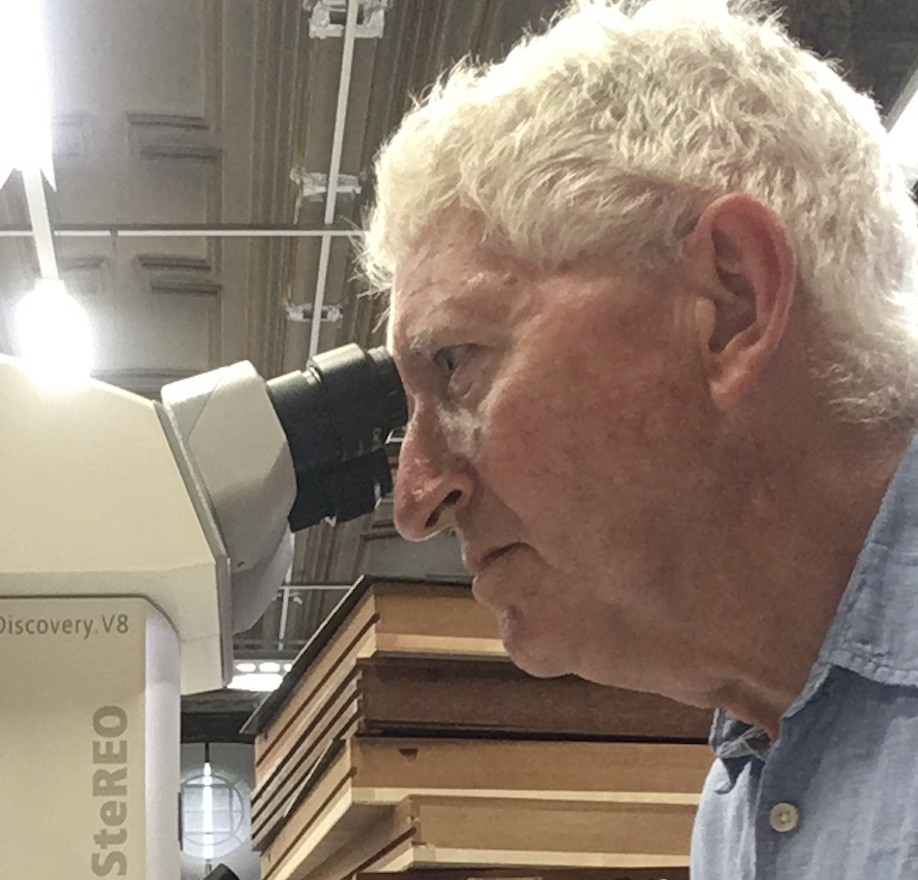What is honeydew?
Honeydew is the sugar-rich liquid excrement of aphids, little changed from the plant sap they suck. Sap is mostly sugars (90–95 per cent dry weight), produced by photosynthesis, but the aphids have to drink a lot of it to extract any useful protein, because the protein content is meagre (about 0.2–1.8 per cent dry weight). They have to frequently shunt the excess liquid out at the other end.
Why do ants love honeydew so much?
Many ants crave honeydew for its sweetness. When an ant finds an aphid, it will tickle the creature with its antennae. The aphid exudes a droplet of honeydew into a basket-like ring of bristles around its tail end, called the trophobiotic organ, and the ant drinks it down.
You can mimic this by tickling an aphid with a hair or very fine watercolour brush. The ants distribute the honeydew mouth-to-mouth throughout their entire colony.
What happens to the honeydew if there are no ants to feed on it?
Without ants to imbibe it, the honey-tasting liquor splashes onto leaves lower down the tree or bush. It looks like dew, hence the name. A host of grateful insects will sip it, including honeybees, bumblebees, flies and purple hairstreak butterflies.
But aphids feeding under leaves often squirt their liquid waste away from the tree or bush. This is the source of the tacky residue you find on cars parked under sycamore or linden trees.
